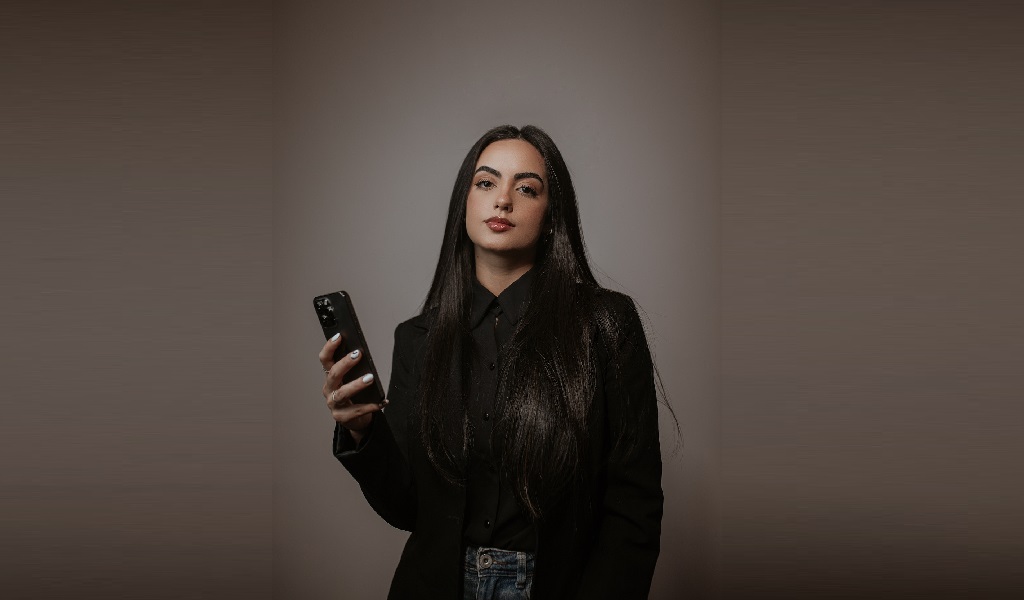Lifeline cell phone service has become essential for many Americans. The Federal Communications Commission program has been helping low-income households afford communications services for years.
This is especially true now during the pandemic and as families struggle with rising monthly costs. Lifeline and Affordable Connectivity Program (ACP) allow eligible families to access free cell phones, data, and more.
What is Lifeline?
Lifeline is a government-sponsored telephone assistance program that helps eligible consumers save money on their monthly phone bills. Depending on your provider, the discount can be applied to home telephone service, mobile wireless services, or a combination. It also includes a bill credit, waiver of the federal subscriber line charge, and unlimited data on participating prepaid cellphone plans.
The Lifeline National Eligibility Verifier (NV) is a centralized system determining whether subscribers qualify for the program. USAC manages the NV and provides customer support through the Lifeline Support Center. The NV uses automated database connections to verify consumer eligibility, but fraudulent consumers can game the system and falsely sign up for Lifeline.
In addition to the free equipment, many offer customers access to several safety features, including AutoAlert fall detection and up to six forms of GPS tracking on their mobile systems. The company’s Home Safe system can connect to the monitoring center over a landline or cellular network, depending on your preference.
The company’s newest device is a mobile medical alert system with a cellular connection to the monitoring center. It comes with a wristband that can track your location and is rated to work up to 800 feet away from the in-home base station.
How do I qualify for Lifeline?
The federal Lifeline program provides phone and broadband service discounts to low-income consumers. Mos company offers deals on home phone service and shows it on prepaid cell phones. The service is available in all states, territories, and Tribal Lands. The eligibility requirements vary by state, but households generally must have income at or below 135% of the poverty guidelines to qualify for the benefit. Consumers can receive only one Lifeline phone or broadband service per household but can choose whether to use the help on a landline, wireless phone, or both.
In some states, eligible families can get a free smartphone and monthly wireless service, which includes a Google Play-certified Android LTE phone and unlimited talk and text. You must enroll in Medicaid, SNAP (Supplemental Nutrition Assistance Program), or SSI (Supplemental Security Income) to qualify.
To verify your eligibility, you can check the National Verifier database online. It can take a few weeks to receive your eligibility confirmation, but it’s the best way to determine if you can get the service. Consumers can also ask their provider if they offer Lifeline. The search tool from USAC lets consumers find providers participating in the program.
How do I get a Lifeline phone?
The program helps make communications services more affordable for low-income individuals. Eligible families can receive free cell phone service with unlimited data and monthly minutes by participating in the best lifeline cell phone service. Your household must meet specific eligibility requirements based on government subsidies and household income to qualify.
The Lifeline program is administered by the Universal Service Administrative Company (USAC), which collects and processes support applications, verifies eligible applicants & disburses assistance funding to phone companies nationwide. You can apply for Lifeline by using the USAC website. Most phone and broadband providers, including major national carriers, participate in the program. To find a provider that offers Lifeline, you can use the search tool on the USAC website.
To be eligible for Lifeline, you must provide a government-issued document or letter to verify your eligibility for the benefit. You can also show proof of your household’s participation in other programs that offer benefits, such as Medicaid, NJ SNAP, and SSI. Only one phone or Internet service per household is available through the Lifeline program, so choose a plan that meets your needs.
How do I get Lifeline service?
Lifeline is a program that can help lower the monthly cost of a landline (wireless and non-wireless) phone or a bundled Internet and telephone service. Eligible consumers can receive a monthly discount. This is a non-transferable benefit that is limited to one per household.
The Universal Service Administrative Company (USAC) administers the program. USAC is responsible for the data collection and management, support calculation, and disbursement of low-income benefits. You can check your status and see if you qualify for the Lifeline program on USAC’s website.
Hundreds of nationwide wireless and Internet providers participate in the Lifeline program. Some of these are national carriers, but many regional and discount providers also participate. You can find a provider near you that offers Lifeline by using the search tool on the USAC site that operates the Lifeline National Verifier database.
To apply for Lifeline, you must provide proof of your eligibility. You can submit documentation online or by mail. The requirements vary by state but typically include verification of income and a recent utility bill. To learn what types of documents are needed for your specific condition, visit the document requirements page on the Lifeline National Verifier website.

















